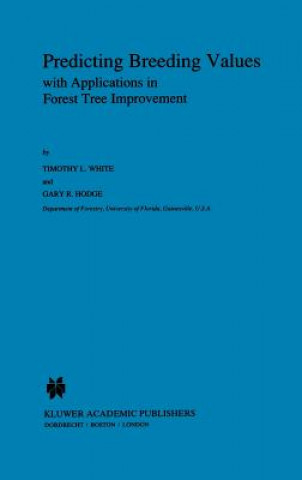
Kód: 01392774
Predicting Breeding Values with Applications in Forest Tree Improvement
Autor T.L. White, G.R. Hodge
In most breeding programs of plant and animal species, genetic data (such as data from field progeny tests) are used to rank parents and help choose candidates for selection. In general, all selection processes first rank the cand ... celý popis
- Jazyk:
 Angličtina
Angličtina - Vazba: Pevná
- Počet stran: 367
Nakladatelství: Springer
- Více informací o knize

6034 Kč

Skladem u dodavatele v malém množství
Odesíláme za 10-15 dnů
Potřebujete více kusů?Máte-li zájem o více kusů, prověřte, prosím, nejprve dostupnost titulu na naši zákaznické podpoře.
Přidat mezi přání
Mohlo by se vám také líbit
-

Issues of Governance and International Investment and Multinational Enterprises
534 Kč -

Handbook of Modernism Studies
4623 Kč -

John Pisano's Jazz Guitar Comping Masterclass
543 Kč -

Die Mindestreserve: Ausgestaltung und Wandlungen eines Instrumentes der deutschen Zentralbank seit 1948.
1998 Kč -

ministeps: Alles, was Räder hat
285 Kč -

Der Sommer ohne Männer
430 Kč
Darujte tuto knihu ještě dnes
- Objednejte knihu a zvolte Zaslat jako dárek.
- Obratem obdržíte darovací poukaz na knihu, který můžete ihned předat obdarovanému.
- Knihu zašleme na adresu obdarovaného, o nic se nestaráte.
Více informací o knize Predicting Breeding Values with Applications in Forest Tree Improvement
Nákupem získáte 603 bodů
 Anotace knihy
Anotace knihy
In most breeding programs of plant and animal species, genetic data (such as data from field progeny tests) are used to rank parents and help choose candidates for selection. In general, all selection processes first rank the candidates using some function of the observed data and then choose as the selected portion those candidates with the largest (or smallest) values of that function. To make maximum progress from selection, it is necessary to use a function of the data that results in the candidates being ranked as closely as possible to the true (but always unknown) ranking. Very often the observed data on various candidates are messy and unbalanced and this complicates the process of developing precise and accurate rankings. For example, for any given candidate, there may be data on that candidate and its siblings growing in several field tests of different ages. Also, there may be performance data on siblings, ancestors or other relatives from greenhouse, laboratory or other field tests. In addition, data on different candidates may differ drastically in terms of quality and quantity available and may come from varied relatives. Genetic improvement programs which make most effective use of these varied, messy, unbalanced and ancestral data will maximize progress from all stages of selection. In this regard, there are two analytical techniques, best linear prediction (BLP) and best linear unbiased prediction (BLUP), which are quite well-suited to predicting genetic values from a wide variety of sources, ages, qualities and quantities of data.
 Parametry knihy
Parametry knihy
Zařazení knihy Knihy v angličtině Mathematics & science Biology, life sciences Life sciences: general issues
6034 Kč
- Plný název: Predicting Breeding Values with Applications in Forest Tree Improvement
- Autor: T.L. White, G.R. Hodge
- Jazyk:
 Angličtina
Angličtina - Vazba: Pevná
- Počet stran: 367
- EAN: 9780792304609
- ISBN: 0792304608
- ID: 01392774
- Nakladatelství: Springer
- Hmotnost: 1590 g
- Rozměry: 234 × 156 × 25 mm
Oblíbené z jiného soudku
-

The Molecule of More
395 Kč -

Brain
298 Kč -

The Selfish Gene
283 Kč -

Anatomy Flash Cards
526 Kč -

Hidden History of the Human Race
345 Kč -

Sapiens
337 Kč -

Undoing Project
279 Kč -

Brain Book
513 Kč -

Stealing Fire
283 Kč -

Sapiens
841 Kč -
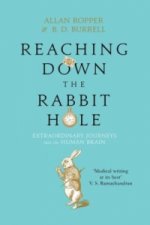
Reaching Down the Rabbit Hole
298 Kč -

Ways of Attending
668 Kč -

Book of Beautiful Questions
574 Kč -

Cradle of Humanity
685 Kč -

Cosmic Serpent
253 Kč -

Greatest Show on Earth
288 Kč -

Into the Magic Shop
363 Kč -

Homo Deus
298 Kč -

Biology of Belief
445 Kč -

The Extended Phenotype
309 Kč -

Neuroaffective Picture Book 2
893 Kč -

Science of Meditation
283 Kč -

Conscious Mind
555 Kč -

It Was Snowing Butterflies
85 Kč -

The Story of the Human Body
333 Kč -

Homo Deus
455 Kč -

Story Genius
348 Kč -
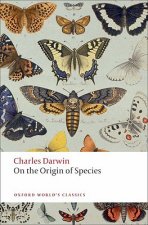
On the Origin of Species
233 Kč -

Affective Neuroscience
2070 Kč -

Evolution
598 Kč -

Kew Tropical Plant Identification Handbook, The
508 Kč -

Descartes' Error
333 Kč -

Life on Earth
633 Kč -

The Storytelling Animal
366 Kč -

Head Strong
502 Kč -

Monkeyluv
283 Kč -
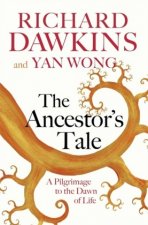
Ancestor's Tale
383 Kč -

Incognito
371 Kč -

Touch
283 Kč -

New Executive Brain
540 Kč -
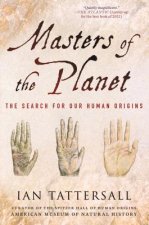
Masters of the Planet
392 Kč -

Future Humans
681 Kč -
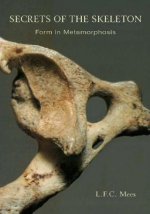
Secrets of the Skeleton
592 Kč -
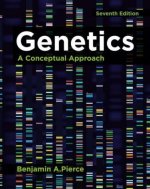
Genetics
2355 Kč -

Moral Origins
773 Kč -

Once We All Had Gills
1056 Kč -

Zooarchaeology and Modern Human Origins
2726 Kč -

Tree of Life
1162 Kč -

Shape of Life
1433 Kč
Osobní odběr Praha, Brno a 12903 dalších
Copyright ©2008-24 nejlevnejsi-knihy.cz Všechna práva vyhrazenaSoukromíCookies


 Vrácení do měsíce
Vrácení do měsíce 571 999 099 (8-15.30h)
571 999 099 (8-15.30h)